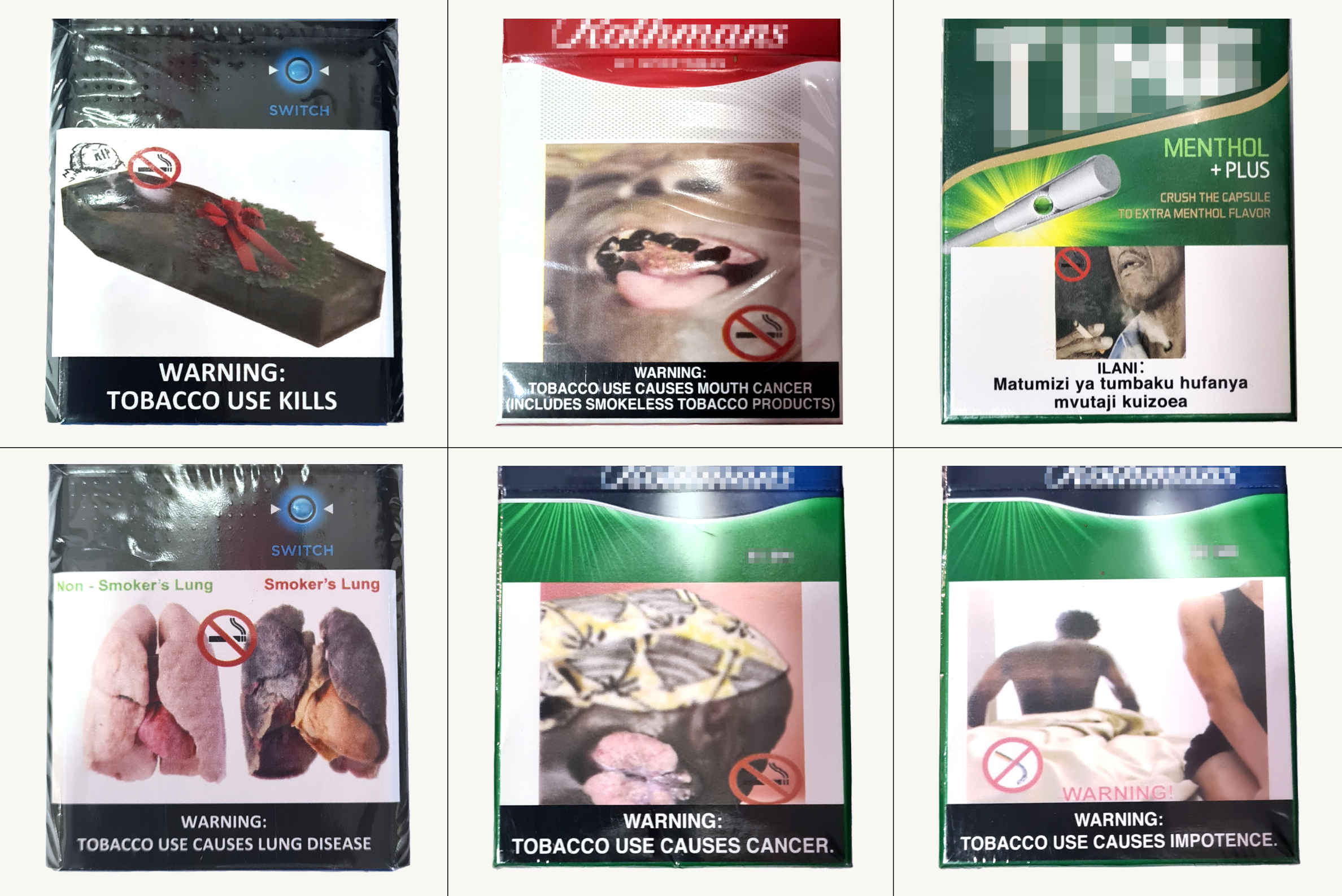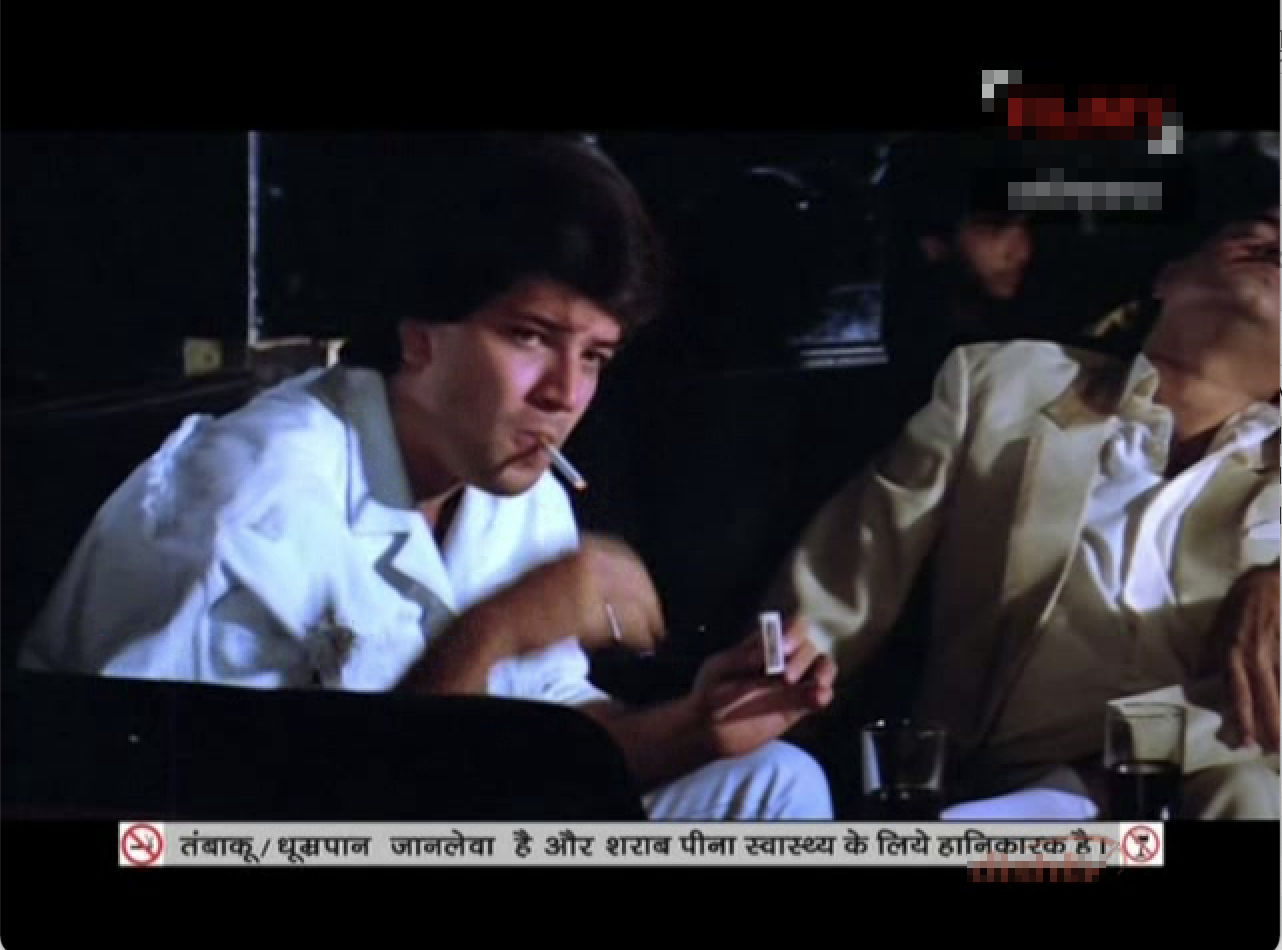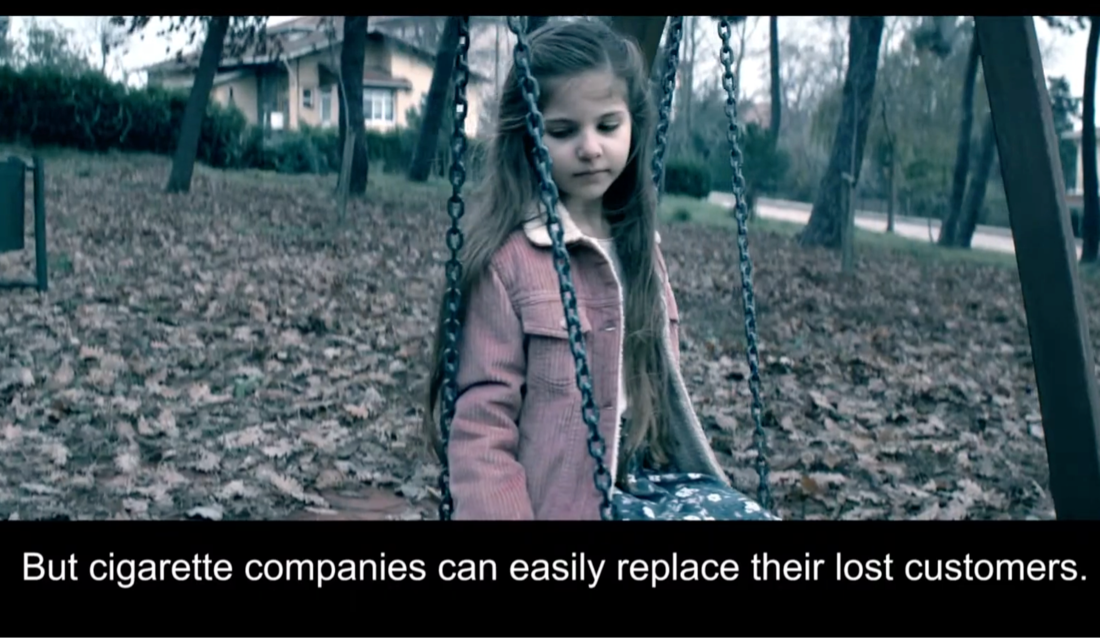References
Map:
WHO report on the global tobacco epidemic, 2023: protect people from tobacco smoke. Geneva: World Health Organization; 2023. Licence: CC BY-NC-SA 3.0 IGO.
Point-of-sale:
McNeill A, Lewis S, Quinn C, et al. Evaluation of the removal of point-of-sale tobacco promotional displays in Ireland. Tob Control 2011;20:137–43. doi:10.1136/tc.2010.038141.
Donovan R, Jancey J, Jones S. Tobacco point of sale advertising increases positive brand user imagery. Tob Control 2002;11:191–4. doi:10.1136/tc.11.3.191.
Smoking in movies:
Leonardi‐Bee J, Nderi M, Britton J. Smoking in movies and smoking initiation in adolescents: systematic review and meta‐analysis. Addiction. 2016 Oct;111(10):1750-63.
Tobacco marketing:
Biener L, Albers AB. Young adults: vulnerable new targets of tobacco marketing. American Journal of Public Health. 2004 Feb;94(2):326-30.
Glantz S. WHO spotlights films as “cross-border tobacco promotion” UCSF Center for Tobacco Control Research and Education. October 2, 2016. https://tobacco.ucsf.edu/who-spotlights-films-“cross-border-tobacco-promotion”.
Pollay RW. More than meets the eye: on the importance of retail cigarette merchandising. Tob Control 2007;16:270–4. doi:10.1136/tc.2006.018978. https://tobaccocontrol.bmj.com/content/early/2021/06/10/tobaccocontrol-2020-056396.
Tobacco product plain packaging
Gravely S, Chung-Hall J, Craig LV, Fong GT, Cummings KM, Borland R, Yong HH, Loewen R, Martin N, Quah AC, Hammond D. Evaluating the impact of plain packaging among Canadian smokers: findings from the 2018 and 2020 ITC Smoking and Vaping Surveys. Tobacco control. 2021 Sep 16.
Hammond D. ” Plain packaging” regulations for tobacco products: the impact of standardizing the color and design of cigarette packs. salud pública de méxico. 2010;52:S226-32.
Turkey anti-tobacco campaign
Keklik, S., Gultekin-Karakas, D. Anti-tobacco control industry strategies in Turkey. BMC Public Health 18, 282 (2018). https://doi.org/10.1186/s12889-018-5071-z.
Warning labels:
Fong GT, Hammond D, Hitchman SC. The impact of pictures on the effectiveness of tobacco warnings. Bulletin of the World Health Organization. 2009;87:640-3.
Hammond D, Fong GT, McNeill A, Borland R, Cummings KM. Effectiveness of cigarette warning labels in informing smokers about the risks of smoking: findings from the International Tobacco Control (ITC) Four Country Survey. Tobacco control. 2006 Jun 1;15(suppl 3):iii19-25.
Strahan EJ, White K, Fong GT, Fabrigar LR, Zanna MP, Cameron R. Enhancing the effectiveness of tobacco package warning labels: a social psychological perspective. Tobacco control. 2002 Sep 1;11(3):183-90.
Map:
WHO report on the global tobacco epidemic, 2023: protect people from tobacco smoke. Geneva: World Health Organization; 2023. Licence: CC BY-NC-SA 3.0 IGO.
Point-of-sale:
McNeill A, Lewis S, Quinn C, et al. Evaluation of the removal of point-of-sale tobacco promotional displays in Ireland. Tob Control 2011;20:137–43. doi:10.1136/tc.2010.038141.
Donovan R, Jancey J, Jones S. Tobacco point of sale advertising increases positive brand user imagery. Tob Control 2002;11:191–4. doi:10.1136/tc.11.3.191.
Smoking in movies:
Leonardi‐Bee J, Nderi M, Britton J. Smoking in movies and smoking initiation in adolescents: systematic review and meta‐analysis. Addiction. 2016 Oct;111(10):1750-63.
Tobacco marketing:
Biener L, Albers AB. Young adults: vulnerable new targets of tobacco marketing. American Journal of Public Health. 2004 Feb;94(2):326-30.
Glantz S. WHO spotlights films as “cross-border tobacco promotion” UCSF Center for Tobacco Control Research and Education. October 2, 2016. https://tobacco.ucsf.edu/who-spotlights-films-“cross-border-tobacco-promotion”.
Pollay RW. More than meets the eye: on the importance of retail cigarette merchandising. Tob Control 2007;16:270–4. doi:10.1136/tc.2006.018978. https://tobaccocontrol.bmj.com/content/early/2021/06/10/tobaccocontrol-2020-056396.
Tobacco product plain packaging
Gravely S, Chung-Hall J, Craig LV, Fong GT, Cummings KM, Borland R, Yong HH, Loewen R, Martin N, Quah AC, Hammond D. Evaluating the impact of plain packaging among Canadian smokers: findings from the 2018 and 2020 ITC Smoking and Vaping Surveys. Tobacco control. 2021 Sep 16.
Hammond D. ” Plain packaging” regulations for tobacco products: the impact of standardizing the color and design of cigarette packs. salud pública de méxico. 2010;52:S226-32.
Turkey anti-tobacco campaign
Keklik, S., Gultekin-Karakas, D. Anti-tobacco control industry strategies in Turkey. BMC Public Health 18, 282 (2018). https://doi.org/10.1186/s12889-018-5071-z.
Warning labels:
Fong GT, Hammond D, Hitchman SC. The impact of pictures on the effectiveness of tobacco warnings. Bulletin of the World Health Organization. 2009;87:640-3.
Hammond D, Fong GT, McNeill A, Borland R, Cummings KM. Effectiveness of cigarette warning labels in informing smokers about the risks of smoking: findings from the International Tobacco Control (ITC) Four Country Survey. Tobacco control. 2006 Jun 1;15(suppl 3):iii19-25.
Strahan EJ, White K, Fong GT, Fabrigar LR, Zanna MP, Cameron R. Enhancing the effectiveness of tobacco package warning labels: a social psychological perspective. Tobacco control. 2002 Sep 1;11(3):183-90.







